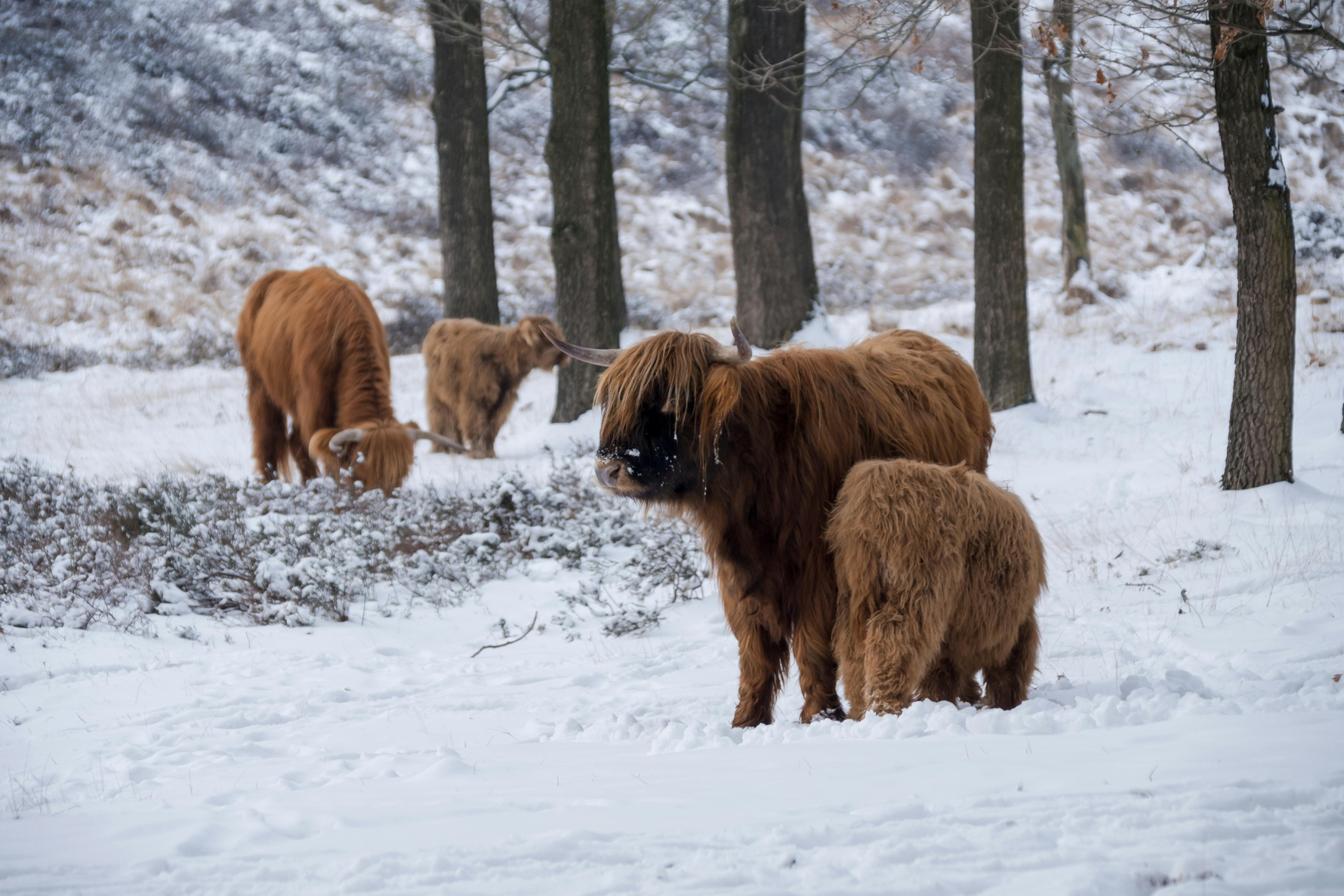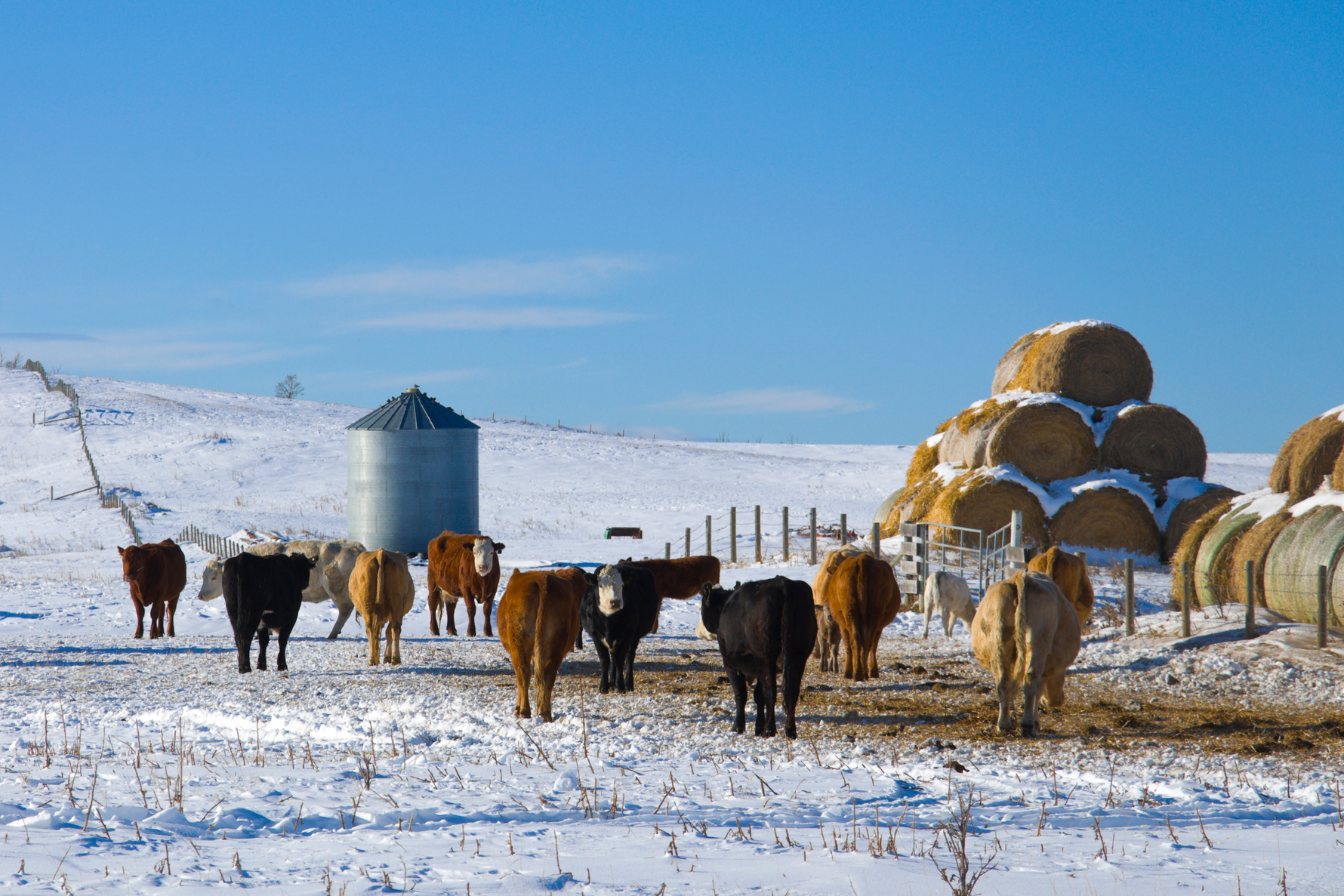Barn Owl Blog

Barn Owl Blog
How to Protect Bulk Grain and Pelleted Feed From Winter Damage

Barn Owl Blog
Hay vs. Pellets vs. Grain: Which Feed Is Most Vulnerable in Winter?

Barn Owl Blog
Moisture: The Silent Destroyer of Stored Feed (And How to Stop It)

Barn Owl Blog
Feed Waste Caused by Livestock Behavior (And How to Stop It)

Barn Owl Blog
Winter Pests Beyond Rodents: The Other Feed Thieves You Should Watch For

Barn Owl Blog
The Top Signs of Rodent Activity — And How to Catch Them Early

Barn Owl Blog
Wildlife-Friendly Rodent Control: Protecting Your Farm Without Poisons

Barn Owl Blog
How to Set Up a Rodent-Resistant Feed Room (Without Using Poison)

Barn Owl Blog
The Hidden Cost of Rodents: How Much Feed Are You Really Losing?

Barn Owl Blog
How to Winterize Your Feed Room Before Temperatures Drop

Barn Owl Blog
5 Winter Feed Storage Mistakes That Are Costing You Money

Barn Owl Blog
How to Run a Winter Feed Audit (And Save Money Doing It)

Barn Owl Blog
Feed-Room Organization Tips That Reduce Waste Instantly

Barn Owl Blog
The Complete Guide to Hay Storage: Protecting Your Most Valuable Feed

Barn Owl Blog
Securing Your Operation Through the Winter Months: Protect Your Herd, Feed, and Equipment

Barn Owl Blog
Reducing Fuel Costs and Labor During Winter Feeding: Work Smarter, Not Harder

Barn Owl Blog
Monitoring Livestock Health and Behavior in Harsh Winter Weather

Barn Owl Blog
Protecting Water Sources During Winter Grazing: Keep Your Herd Hydrated and Healthy

Barn Owl Blog
Extending the Grazing Season: How Ranchers Maximize Forage in Winter

Barn Owl Blog
Optimizing Harvest Workflow with Real-Time Monitoring